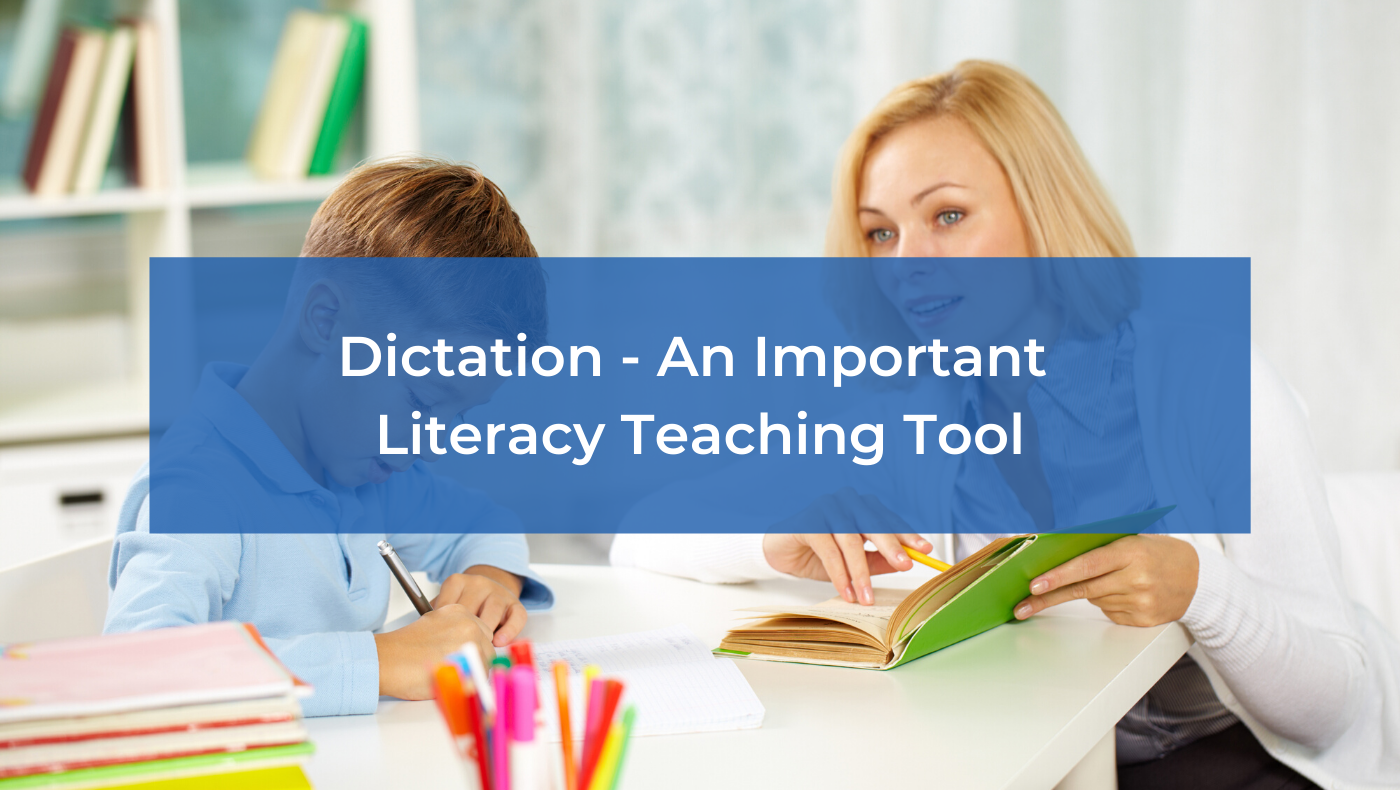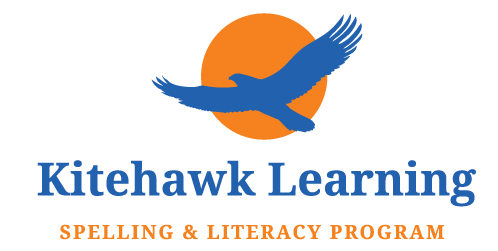
Dictation and phonics are two of the most potent literacy teaching tools. Dictation can improve the four language skills: listening, speaking, reading and writing.
Many teachers know the power of dictation in teaching literacy, even though dictation has fallen out of favour. It is considered, by some teachers, as a ‘past practice’.
Learning to write what you hear can help the development of literacy.
The dictation exercises in the Kitehawk Program, review the student’s knowledge of the spelling of current and recent list words, as well as the ‘core’ or ‘Must Know’ words, that make up 75% of the words commonly used in writing at each Level.
Dictation exercises can test a student’s knowledge of punctuation, including the capitalisation of words, question marks, direct speech punctuation and the use of apostrophes. Students can learn grammar through the relationships of words and phrases they hear and write.
Dictation can also improve the student’s understanding of the meaning of words. Importantly, dictation can test knowledge of homophones where context is needed to determine the correct spelling e.g., won, one, there, their, etc.
Dictation is important for teaching students listening skills. If each sentence is repeated a set number of times (usually twice), the students soon learn that if they don’t listen, they get a poor score.
Dictation is important for learning many critical small words that are often missing from many spelling programs, because the writers assume students can spell words such as: was, you, the, who, know, their, and so on.
Dictation exercises are important at the start of a lesson. Dictation can help inexperienced teachers gain the attention and control of the class by focussing students’ attention on the exercise. Dictation involves the whole class and the teacher can move about the class, viewing each student’s work while dictating sentences or passages.
The students, as well as the teacher, can get valuable feedback if the exercise is corrected immediately after the dictation. The students can swap papers and correct the dictation as the teacher reads or writes the passage. The teacher will have the final say on corrections.
To improve speaking skills, get students to read dictation exercises. Dictation can also help students develop sub-conscious thinking in English.
Procedure for Dictation.
- The teacher reads the dictation as students listen with pen or pencils down.
- As the teacher rereads each passage, phrase by phrase, the students write it. The teacher repeats each phrase.
- On completion, the teacher repeats each sentence slowly so students can check that every word has been written and that punctuation is correct.
